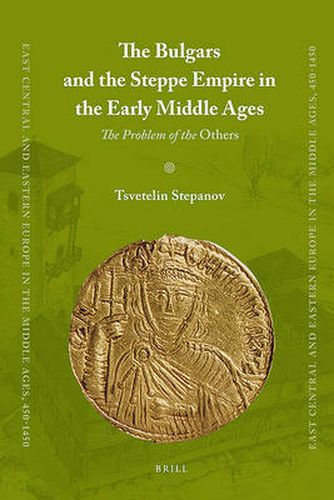Readings Newsletter
Become a Readings Member to make your shopping experience even easier.
Sign in or sign up for free!
You’re not far away from qualifying for FREE standard shipping within Australia
You’ve qualified for FREE standard shipping within Australia
The cart is loading…






This book is about Steppe Eurasia and China, Persia, Byzantium, as well as the ‘Inside’ and ‘Outside’ Other. This dual approach helps the reader to better understand the attitudes of the Steppe to both the southern sedentary empires (in this book, the ‘Outside’ Other) and to the women and shamans/magicians within the nomadic confederations (in this book, the ‘Inside’ Other), in the so-called ‘Golden Age’ of the Steppe Empire, e.g. between the sixth and ninth/tenth centuries.The result is a new and vivid picture of the Steppe’s attitudes to ‘otherness’ and ‘usness’. The book covers not only a long period of time, but also a vast territory, from Mongolia to the Black Sea and South-Eastern Europe. It studies many peoples and societies and their images of the ‘Other’, interpreted through different approaches and methodologies.
$9.00 standard shipping within Australia
FREE standard shipping within Australia for orders over $100.00
Express & International shipping calculated at checkout
This book is about Steppe Eurasia and China, Persia, Byzantium, as well as the ‘Inside’ and ‘Outside’ Other. This dual approach helps the reader to better understand the attitudes of the Steppe to both the southern sedentary empires (in this book, the ‘Outside’ Other) and to the women and shamans/magicians within the nomadic confederations (in this book, the ‘Inside’ Other), in the so-called ‘Golden Age’ of the Steppe Empire, e.g. between the sixth and ninth/tenth centuries.The result is a new and vivid picture of the Steppe’s attitudes to ‘otherness’ and ‘usness’. The book covers not only a long period of time, but also a vast territory, from Mongolia to the Black Sea and South-Eastern Europe. It studies many peoples and societies and their images of the ‘Other’, interpreted through different approaches and methodologies.